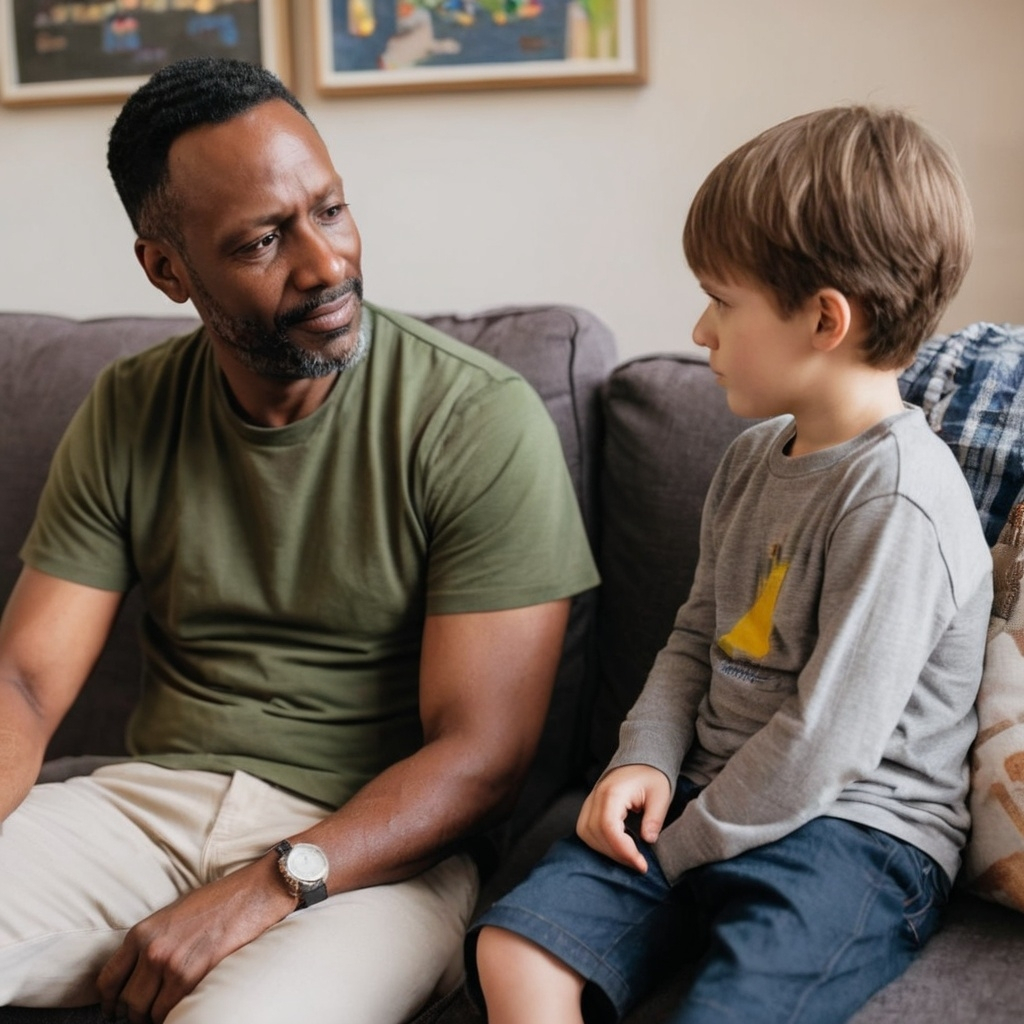It felt like just yesterday when I was sitting in class, distracted by my thoughts and imagination. This was 22 years ago, way back in the yester-yester-yester… yesteryear that precedes us. These were the pre-tech-boom years with ‘not much’ social media to distract us. Yes, the was MSN messenger and that memorable ‘O-OH’ sound from an ICQ message that could only be accessed after hours when the school gates were locked and everyone had clocked off, but no doom-scrolling and instant gratifying likes on Instagram. In 2025, the classroom looks nothing like it did 2.2 decades ago. It’s now faster, louder, and more demanding. Between hybrid learning models, rising behavioural issues, and the relentless pressure to meet wellbeing benchmarks, it’s no wonder teacher burnout is through the roof.
But I ask you this: what can you actually do about it? Because I know that if I were to suggest you take a bubble bath and just relax, I’m sure you’d like to stick my ‘bubble bath’ somewhere it won’t fit… somewhere the sun don’t dare go!
I can’t sit here and tell you I know what it’s like to run a classroom in this day and age, and honestly, that’s not my domain, but I do know how to overcome challenges. Resilience is MY domain and has been for the last 16 years, so let’s flip the script and talk about resilience building that actually works. Not the fluffy stuff. Not rehashed advice. Real, gritty, use-it-in-period-three-when-everyone’s-lost-it kind of strategies because the strategies that helped me overcome accidents can also help family breakups, job pressures, career setbacks, financial/mental/physical/social/ANY kind of adversity. (Oh, AND TEACHER BURNOUT).
1. Drop the Superman Complex, Build a ‘Failure-First’ Framework Instead
Burnout isn’t just doing too much; it’s believing you’re not allowed to get it wrong. Living my life with a brain injury, ‘getting it wrong’ or not doing it to perfection is what I do best… but I own it (and then learn from it)! Many teachers carry the weight of trying to fix everything. The problem? That perfectionism is exhausting and unattainable.
Try this: Create a ‘My Favourite Mistake’ wall in your classroom. Each week, you and your students write about one mistake you made and what you learned from it. Model it yourself. This builds a culture of mental strength and coping strategies and normalises failing forward.
2. Micro-Moments of Recovery, The Hidden Art of Tactical Stillness
I know I said no fluffy stuff… but I couldn’t resist. This will be the only fluff, I promise. Now, you don’t need a yoga retreat, you just need a moment, an intentional one. Burnout thrives in constant motion. A tyre doesn’t get worn out sitting in the garage. Instead, give your brain the breathing room it craves.
Try this: Set a silent 1-minute timer on your phone during your lunch break. Sit with your eyes closed. Count your breaths. Don’t fix, plan, or solve; just be. Where can this be done so you don’t look like my grandpa Ted dozing off mid-sentence? The toilet. Sit on the toilet and do it. As stupid as this sounds, no one is watching you, and if they are, you’ve got bigger problems than teacher burnout, I’m afraid. This is a mindfulness technique that elite sports people use before a big event. Mindfulness is simple: not thinking about the past (one minute, one week, one year ago) and not thinking about the future (in the next minute, week or year’s time)… thinking about the now. This second. This breath. This moment. This mindfulness technique recalibrates your nervous system in real time and models emotional regulation you can share with students later.
3. Build Your ‘Resilience Ally’ Network (Not Another Staffroom Vent Session)
The staffroom is too often a vortex of complaints. Every presentation I do at a school will get a staff room visit at least once, so I hear things. If you aren’t hearing complaints, and I don’t want to point any fingers because that’s not my domain either, but you may be the one making them. I get it; the staff room is like the home front before you step foot on the battlefield, or the greenroom before hitting the stage, so this is where the release valve is located. While shared frustration can feel liberating, what you really need is an uplifting connection.
Try this: Identify one colleague who inspires you. Book a fortnightly ‘coffee & yarn’ break (even 10 minutes). Use the time to share what’s working, new coping strategies, and how you’re both growing professionally. This anchors your mindset in personal growth, not just survival.
4. Reclaim Purpose by Redefining Wins
My whole recovery has been led by purpose. Each landmark to reach or goal I kick has been filled with a greater purpose. When impact feels invisible, motivation disappears. In reality, tiny moments are massive wins… if you can train yourself to see them. Recovering from a brain injury, my disability is literally invisible, so in the rehab, I’ve been doing over the last 16 years, I’ve had to recognise the micro-wins, to stay motivated. I don’t see the results in real-time. I can only see the results by looking into the past and remembering how hard it was to stand on one leg or take a simple step forward without hitting the deck.
Try this: At the end of each day, write down one thing that went right. A student said thank you? A lesson actually landed? You didn’t raise your voice at that little s**t Eddy every time he interrupted the class? That’s a win! Keep a ‘Resilience Journal’ and revisit it weekly, and keep adding to it. This simple act builds mental strength and rewires your brain for a positive mindset. This was one thing I did throughout the three years in was at Epworth rehab, and it became the basis for my book, CRASHING INTO POTENTIAL: Living with my injured brain… (which you can buy HERE for just $35, including postage, GST and handling… what a bloody bargain!!!!)
5. Self-Care Practices That Don’t Waste Your Time
Forget bubble baths because they’re just annoying (I know the appeal of them, and if you like them, good luck to you, but they’re just not me!); self-care is boundary-setting in disguise. Self-care is about building a lifestyle that doesn’t constantly drain you. I am forever communicating with teachers. If it’s not on a phone call, it’s in a Teams meeting, if it’s not in a Teams meeting, it’s via email. My day is sporadic, and I can miss a few hours to take my daughter to swimming, so I will catch up after hours. Many emails go out after the school gates are locked and everyone has clocked off… so I know who hasn’t clocked off if I get a response at 8:30pm. Sorry but it’s not just the students who are affected by the tech-boom, some teachers are too. I mean this from the bottom of my heart: TURN YOUR BLOODY PHONE OFF!!!
Try this: By 5pm, turn your phone off. Or, more realistically, pick one night a week and block it out as a non-negotiable. No marking. No emails. No ‘I’ll just quickly…’ distractions. Use it to read, connect, or even do nothing. Maybe this is a date night for you and your better half? This regular ritual teaches your brain to rest without guilt and reinforces stress management as a proactive habit.
6. Rewire Your Language: Build a Positive Mindset Through Micro-Reframes
Words are powerful. The stories you tell yourself become the lens through which you experience everything, including stress. With an invisible brain injury, my mindset let me down for years to the point of depression and rock bottom, which filled my life with stress and anxiety. How I saw myself was the story I was telling myself every day, so when I saw myself as disabled, that was my narrative. It took a drastic change, but when I started looking at myself differently, the words followed. (I’m still disabled, but now I own it!!!).
Try this: Keep a sticky note on your desk with three power reframes:
• “This is hard” → “This is stretching me.”
• “I’m tired” → “I’m doing something that matters.”
• “Today was rough” → “Today gave me a chance to practise resilience like Scott.”
Read them before class, after lunch, and at the end of the day. This intentional self-talk strengthens emotional resilience and fuels a positive mindset over time.
Burnout Isn’t a Weakness… It’s a Warning Signal
Burnout is the body’s way of saying “something needs to change”. And change doesn’t always mean big, dramatic shifts like I’ve made. Often, it’s the small, intentional actions that rebuild your energy, restore your purpose, and reignite your spark.
So the next time someone suggests a ‘Wellbeing Day’ or another poster in the staffroom, come back to this: real resilience is built daily, through mindset, connection, boundaries, and courage.
Because you’re not just managing classrooms. You’re overcoming adversity, modelling mental strength, and helping the next generation build emotional resilience… often without even realising it.
That’s not just a job. That’s a legacy.
Final question: If you can overcome your burnout journey, you can now teach your students how you did it. You can teach them all about resilience. Now you won’t even need to get someone like me into your school… so I’ll be out of a job. Oh, that’s not good. Forget everything you’ve just read.
Instead, click HERE and book me to work with your students and teachers!





